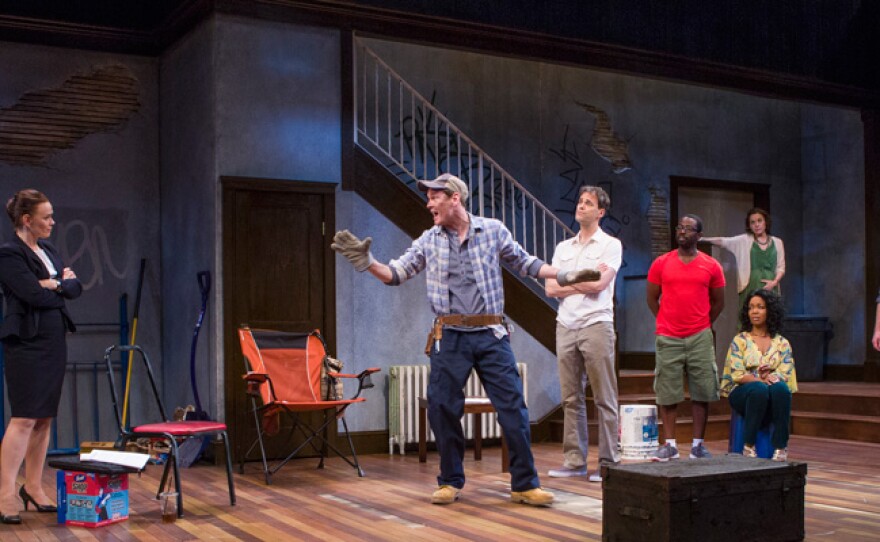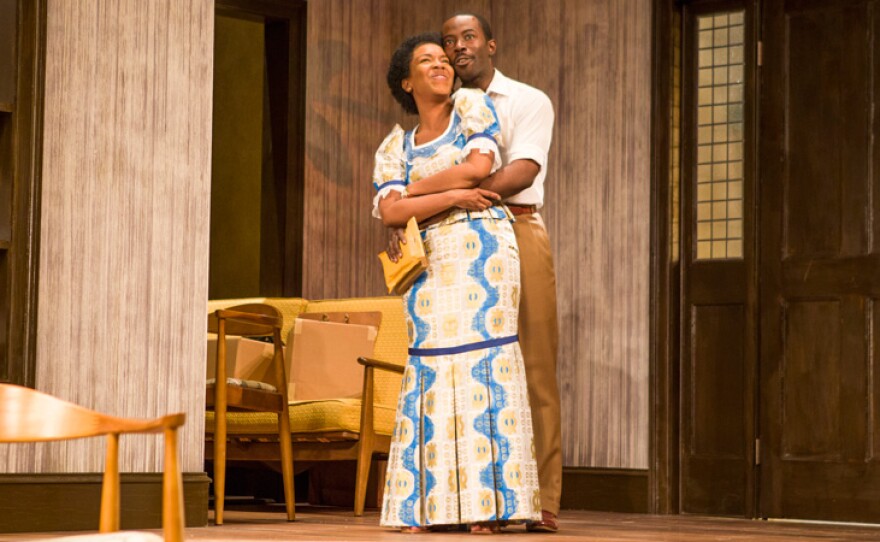Lorraine Hansberry’s groundbreaking 1959 drama, "A Raisin in the Sun," was the first Broadway play to depict the strength and humanity of an African-American family striving for a piece of the American dream by buying a house in a white working-class neighborhood in Chicago.


More than 50 years later, playwright Bruce Norris created "Clybourne Park," a sardonic Pulitzer Prize-winning prequel and sequel that takes place in the same Chicago house and revisits the questions of race, real estate and gentrification in America.
Inspired by Hansberry's original and Norris' follow-up, Kwame Kwei-Armah, artistic director of Baltimore's Center Stage, penned a third play, "Beneatha’s Place," which follows two of the "Raisin characters to Nigeria and its post-colonial struggles.
Center Stage mounted "Clybourne Park" and "Beneatha’s Place" as "The Raisin Cycle" and as part of its 50th anniversary season.
Producers James Arntz and John Paulson, in collaboration with Maryland Public Television, present this performance documentary, which captures the history and legacy of "Raisin" and the backstage challenges of mounting two issue-driven plays simultaneously.
Kwame Kwei Armah on Beneatha's Place
"Renowned playwright Kwame Kwei Armah considers the importance of Beneatha's Place as a response to both Clybourne Park and A Raisin in the Sun. A web-exclusive clip from A Raisin in the Sun Revisited: The Raisin Cycle at Center Stage





